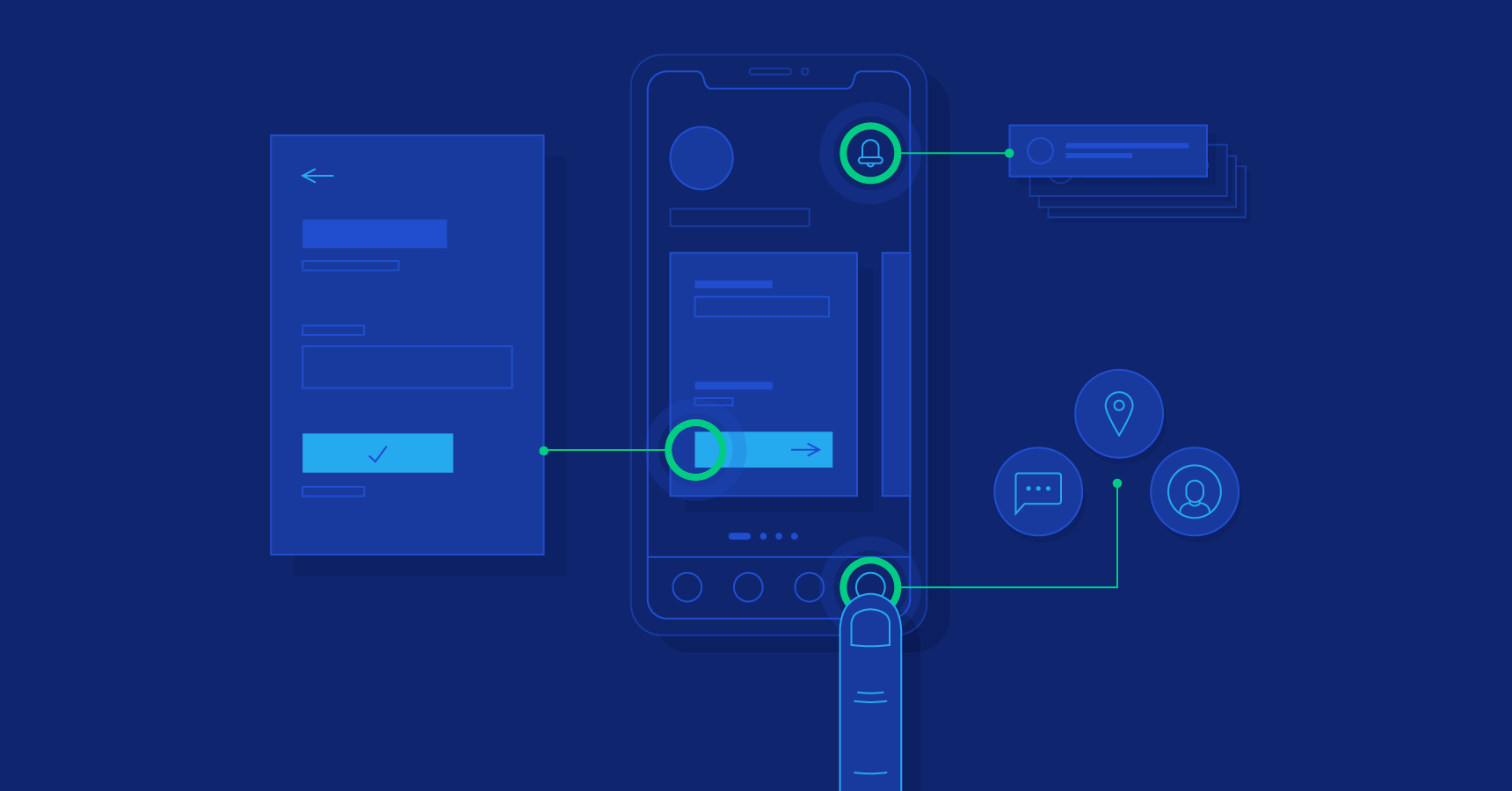
From Pixels to Space: Navigating 3D UI Design’s Impact on Gadgets
- Post
- August 7, 2023
- Front-End Frameworks, UI/UX Design, Web Development
- 0 Comments
In the ever-evolving landscape of technology, user interfaces have transcended the confines of 2D screens, venturing into the immersive realm of 3D design. This paradigm shift has birthed an era where pixels no longer remain confined to flat surfaces but extend into three-dimensional spaces, revolutionizing the way we interact with gadgets. In this comprehensive exploration, we delve into the realm of 3D UI design and its profound influence on the world of gadgets, ushering in a new era of user experience.
Unveiling the Essence of 3D UI Design
At its core, 3D UI design fuses artistic creativity with technological innovation, sculpting interactive digital environments that mirror real-world interactions. This dynamic approach transcends the traditional static visuals of 2D design, unlocking a myriad of possibilities for engagement and user interaction. By utilizing depth, perspective, and spatial elements, 3D UI design empowers users to navigate and manipulate digital interfaces with an unparalleled sense of realism and immersion.
Incorporating 3D UI elements seamlessly into gadgets has become a hallmark of modern design, elevating the user experience from mere interaction to a captivating journey.
The Evolution of UI/UX Frameworks
As the demand for sophisticated 3D UI design grows, the technology powering these immersive experiences has evolved in tandem. Innovative UI/UX frameworks have emerged as crucial tools for developers, enabling them to construct intricate 3D interfaces with remarkable efficiency. Frameworks like Flutter 3D, Unity UI Toolkit, and Three.js have paved the way, offering pre-built components, animations, and rendering engines that simplify the creation of captivating 3D UIs.
By embracing these frameworks, developers can craft seamless, intuitive interactions that blur the lines between the digital and physical worlds, fostering a deeper connection between users and their gadgets.
A Glimpse into the Mechanics of 3D UI
Peering beneath the surface of 3D UI design reveals a complex interplay of elements that harmonize to create immersive experiences. Rendering engines, physics simulations, and spatial audio integration collaborate to form a cohesive whole, allowing users to interact with virtual objects in ways that mirror reality. This intricate fusion of technology and artistry breathes life into gadgets, transforming them into dynamic extensions of the user’s imagination.
The Symbiotic Relationship: Gadgets and 3D UI
Gadgets, from smartphones to smartwatches, have embraced the language of 3D UI design to forge deeper connections with their users. Take, for instance, augmented reality (AR) applications that overlay virtual elements onto the real world through the gadget’s camera. This fusion of 3D UI design and AR opens up innovative avenues for navigation, education, and entertainment, propelling gadgets beyond their utilitarian functions.
The Challenge of Accessibility in 3D UI Design
While 3D UI design holds immense potential, it also presents challenges in ensuring inclusivity and accessibility. As these immersive experiences unfold, designers must prioritize creating interfaces that cater to users of varying abilities. Integrating intuitive gestures, clear spatial cues, and customizable interactions becomes pivotal in ensuring that 3D UI design remains a gateway for all users, regardless of their physical or cognitive capabilities.
Forging the Future: 3D UI’s Potential
The journey from pixels to space marks a profound shift in how we interact with gadgets, transcending traditional boundaries and redefining user engagement. As technology advances, we stand at the precipice of a future where 3D UI design becomes an integral facet of our daily lives. Gadgets will no longer be static tools but dynamic companions that seamlessly blend into our realities, enriching experiences and enabling us to navigate the digital landscape with unparalleled ease.
Final Words
In this voyage from pixels to space, the marriage of 3D UI design and gadgets emerges as a transformative force, reshaping our relationship with technology. As we navigate this uncharted territory, the fusion of artistry and innovation propels us into a realm where gadgets cease to be mere devices and become extensions of human creativity and imagination.
Commonly Asked Questions
1. How does 3D UI design enhance user engagement?
3D UI design enhances engagement by replicating real-world interactions, offering a more intuitive and immersive user experience. Elements like depth, perspective, and spatial audio draw users into the digital environment, fostering deeper connections with gadgets.
2. What role do UI/UX frameworks play in 3D UI design?
UI/UX frameworks provide essential tools for developers to create intricate 3D interfaces efficiently. These frameworks offer pre-built components and animations, streamlining the design process and enabling the seamless integration of 3D elements into gadgets.
3. Can 3D UI design be accessible to all users?
Ensuring accessibility in 3D UI design is a challenge that designers must address. By incorporating intuitive gestures, clear spatial cues, and customizable interactions, designers can create interfaces that cater to users with diverse abilities.
4. How does 3D UI design impact the future of gadgets?
3D UI design transforms gadgets into dynamic extensions of human creativity and imagination. As technology evolves, gadgets will seamlessly blend into our realities, enriching experiences and revolutionizing the way we interact with technology.
5. What is the significance of the symbiotic relationship between gadgets and 3D UI design?
The symbiotic relationship between gadgets and 3D UI design opens innovative avenues for user interaction and engagement. Through augmented reality and immersive experiences, gadgets become more than tools – they become companions that bridge the gap between the digital and physical worlds.




